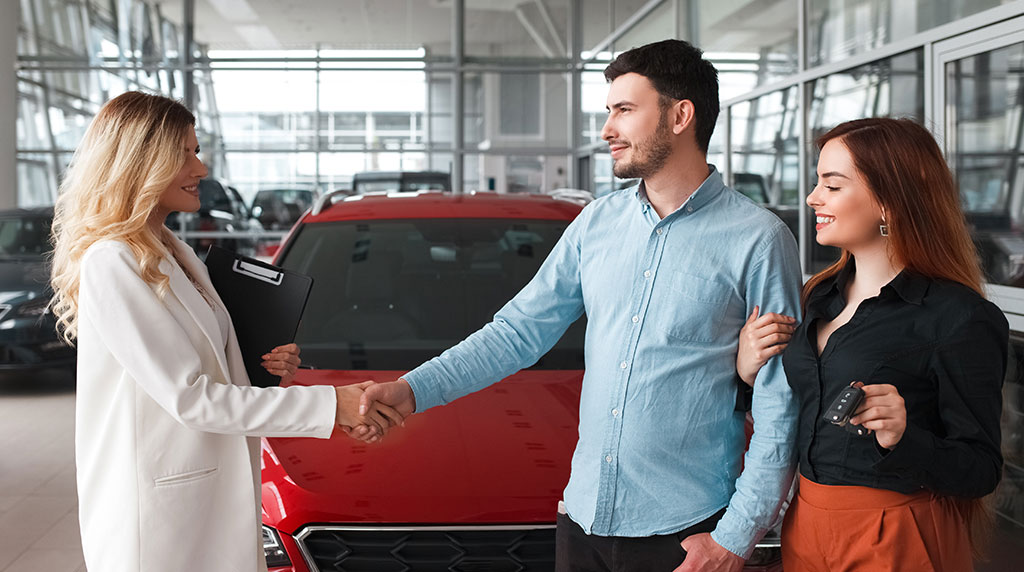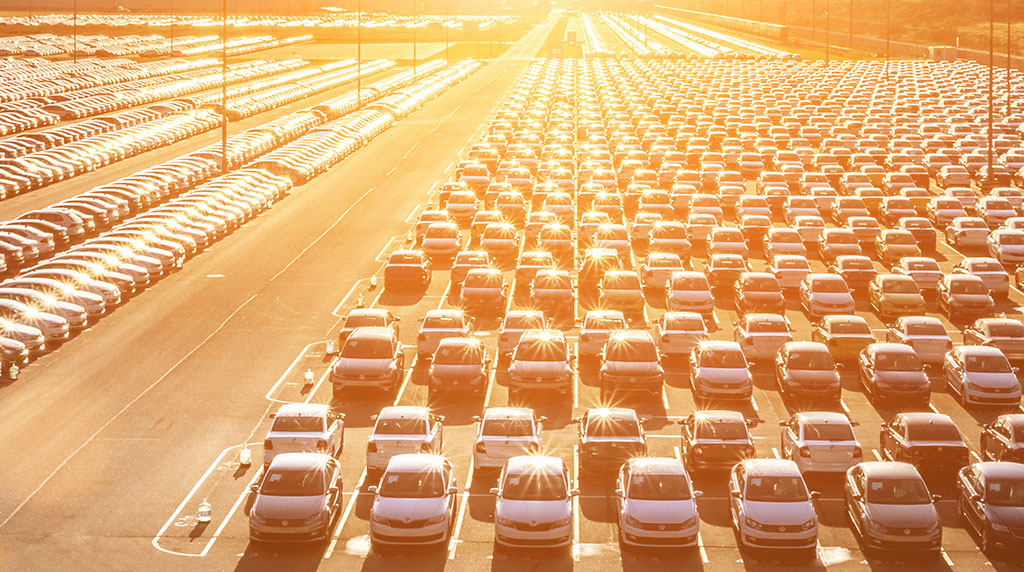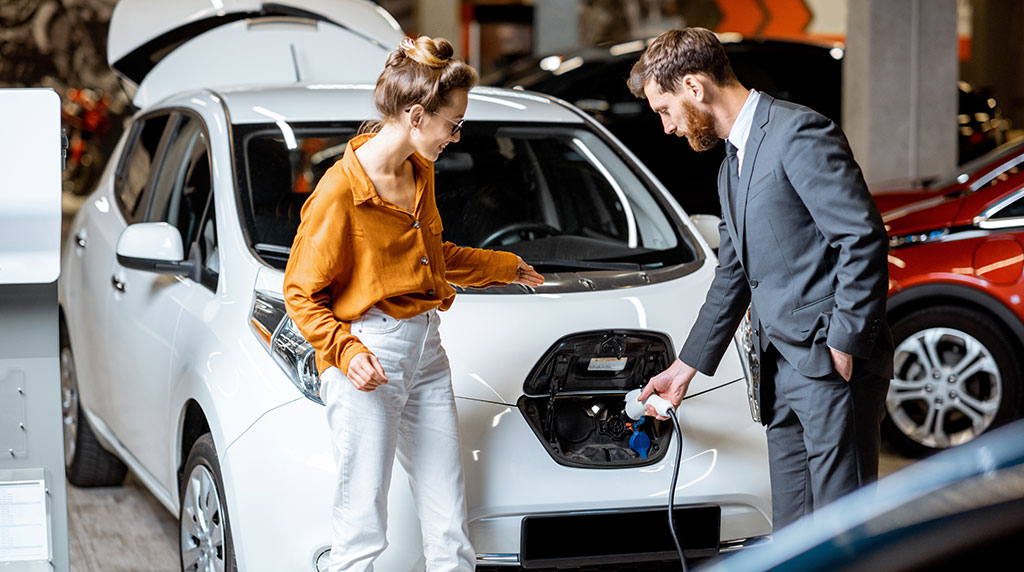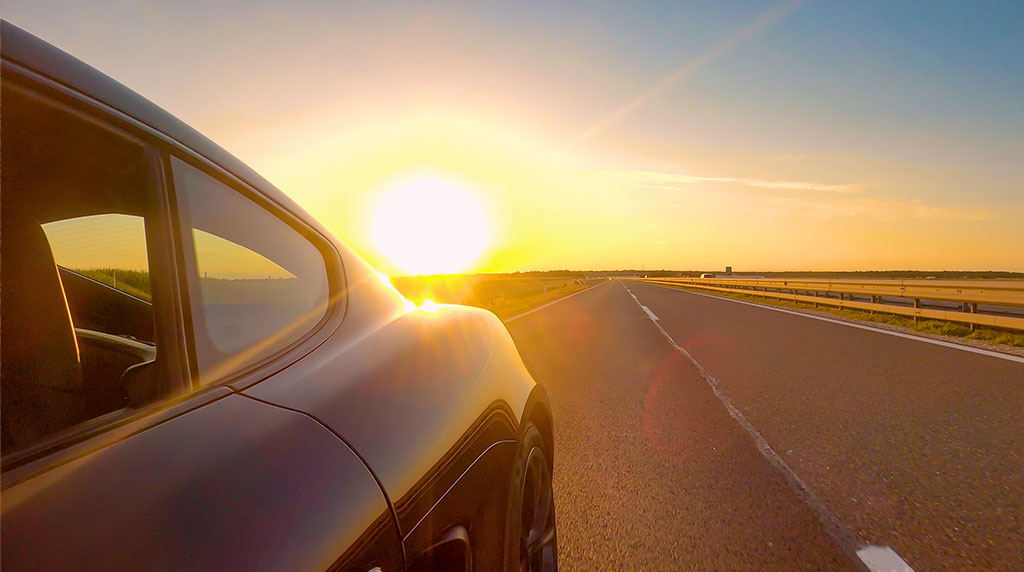HOW DID WE GET HERE?
For most of us in the industry, life made sense for many decades as the following held true:
- OEM’s made cars and continued to make them better
- Dealers sold cars and continued to sell them better
- Consumers were getting a better end of the bargain, as cars became better, cheaper and the process became more transparent
The problem is that the car industry during that time was a declining sector – a sunset industry. Unfortunately, without realising it, the industry had in fact entered its sunset in the 1970’s.
After successfully revolutionising personal transportation in the early 20th century, eliminating the reliance on horses, the automobile industry experienced an unprecedented surge in growth throughout the first half of that century. This expansion reached its pinnacle during the post-war boom of the 1960s.
The challenge arose from the fact that the automobile industry relied on fossil fuels, which were destined to become obsolete alongside the designation of the oil and gas industry as a sunset industry.
Sunset does not mean dead, it indicates a gradual decline over time, much like the setting of the sun. This process typically unfolds over several decades, spanning approximately 50 years.
This is not a surprise, the signs have been there for years:
- Declining OEM profitability
- OEM consolidation to reduce costs to survive
- OEM bankruptcies
- Dealer profitability decline
- Dealer consolidation
- OEM volume push to drive profitability
Everyone tried hard and no one wanted to see the automotive industry die, but eventually the customer stepped in and changed the course of the game forever.
The Paris Climate Accord in 2016 was the final nail in the coffin for the industry in its current form. Carbon was officially designated the greatest threat to humanity by the people and carbon emitting industries had to go and this put the car industry in its current form directly in the cross hairs.
FAIR ENOUGH?
The OEMs were clearly put on notice by governments; change the power train to stop emitting carbon or we will take away your ability to play – fair enough?
Personal transportation is still a good thing, we just do not want to see tailpipes emitting things other than water.
Some changed and some got caught out not changing. After a period of catch me if you can, the penny dropped, and everyone got on the same page.
Electric vehicles (EVs) have emerged as the present-day preferred product of choice. While it is uncertain whether they are ultimately the ‘best’ solution, their popularity among the masses has made them the current strategy in place to meet people’s demands and preferences.
GOOD NEWS?
Once the OEMs got their heads around it, it was good news, but as with all change, not everyone is going to be an outright winner.
Dealers have long regarded themselves as adept adjusters to the industry’s greatest challenges.
Some examples include
- When the internet became a sales tool and the dealers’ natural advantage in used cars (as the easy changeover point) impacted volume, they pivoted to selling more new cars.
- When new car gross became difficult as the OEM’s push for volume kept driving prices down, dealers moved from selling cars to selling target, changing the nature of the showroom and the quality of the people in it.
- When front end profitability vanished, dealers focused on selling finance and insurance to bridge the gap. Problem is that one person’s gross is another person’s expense. Dealer commissions became a problem for the financier’s bottom lines.
- Service became a profit centre in the 1990s – before then it was a nice to have. The problem was the customers wanted things cheaper and the OEMs wanted the customers coming back for more cars. Since dealers had exchanged selling harder used cars for new cars, this gave the OEM’s control over the service schedule. Less intervals, less hours, more work followed.
When profitability became increasingly challenging, car dealerships responded by consolidating their operations. By growing in size, this enabled them to achieve economies of scale in non-customer facing areas and leverage greater purchasing power with suppliers outside OEMs.
Dealerships have successfully demonstrated their adaptability to ensure their existence and have accomplished remarkable feats in doing so. However, each adjustment was made while operating within the confines of the framework in which they function.
Unfortunately, each pivot also moved them towards greater dependency on the OEM’s, hence making their survival increasingly linked to the requirements of the OEM’s.
These changes are structural, and now the industry is moving from the sunset to the sunrise.
The questions dealers need to ask themselves are:
- Am I still relevant within the sunrise?
- Is the OEM on my side for the long haul?
- Do I lead the change or follow; and what are the outcomes for both?
- Do my customers want me in or out?
NEXT WEEK: What the sunrise looks like for dealers and how the business will change for the better
By Steven Bragg, John Gavljak, Wayne Pearson, Aidan Cousin & John Brockhouse
















 Read More: Related articles
Read More: Related articles

